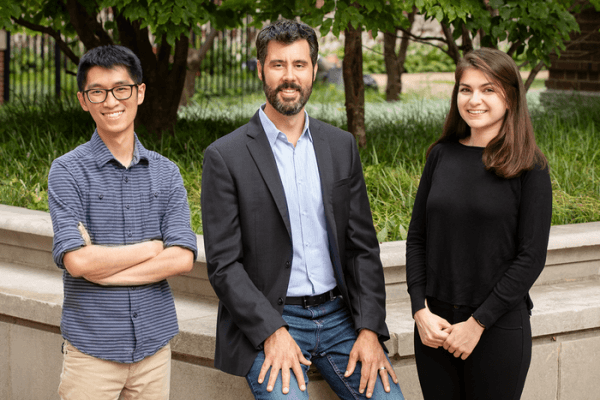Chemical engineers at the University of Illinois Urbana-Champaign now understand how water molecules assemble and change shape in some settings, revealing a new strategy to speed up chemical reactions critical to industry and environmental sustainability. The new approach is poised to play a role in helping chemical manufacturers move away from harmful solvent catalysts in favor of water.
Their method takes advantage of the holes, tunnels and passageways within nanoscale microporous crystals called zeolites. The pore spaces within some zeolites are so narrow that when saturated with water, they can only fit single-molecule-wide chains within their confines. These single-file chains of water molecules have different thermochemical properties than regular or “bulk” water, the researchers said, which has consequences across many scientific disciplines.
The study, led by chemical and biomolecular engineering professor David Flaherty, is published in the journal Nature Catalysis.
Zeolites, which can behave like tiny sponges, filters or even catalysts, have been used for years in materials that soak up environmental spills and purify water and other chemicals. Researchers understand that the interactions with water inside zeolite pores greatly affect their stability as catalysts, but it has been unclear how or why this happens.
Read more at University of Illinois at Urbana-Champaign, News Bureau
Image: Chemical and biomolecular engineering researchers from the University of Illinois studied how water molecules assemble and change shape to reveal strategies that speed up chemical reactions critical to industry and environmental sustainability. From left, graduate student Matthew Chan, professor David Flaherty and graduate student Zeynep Ayla. (Credit: Photo by L. Brian Stauffer)


